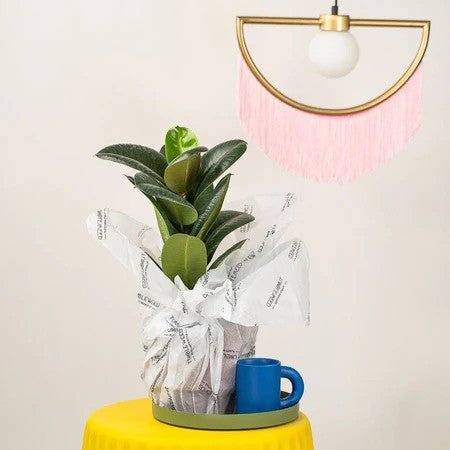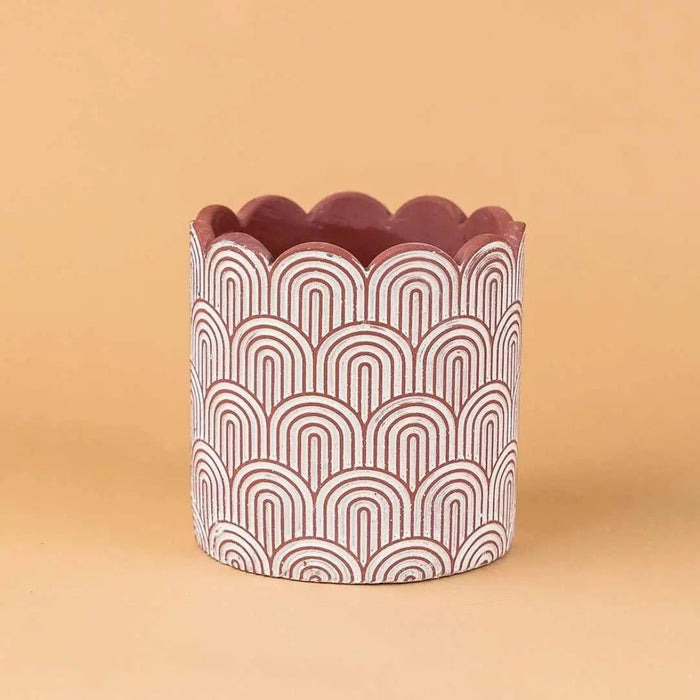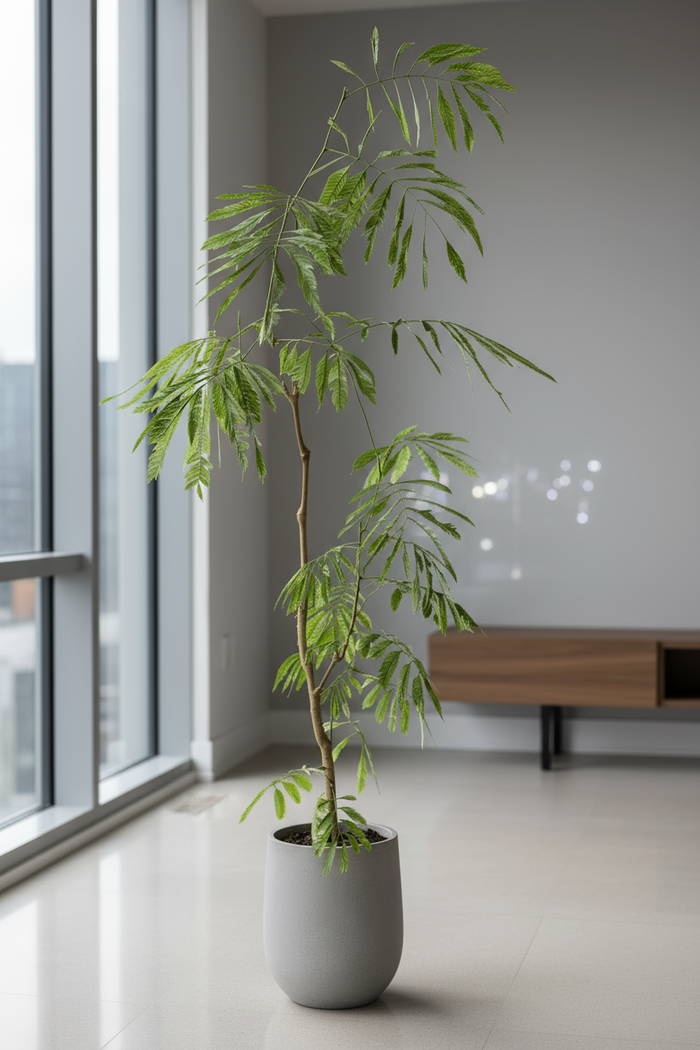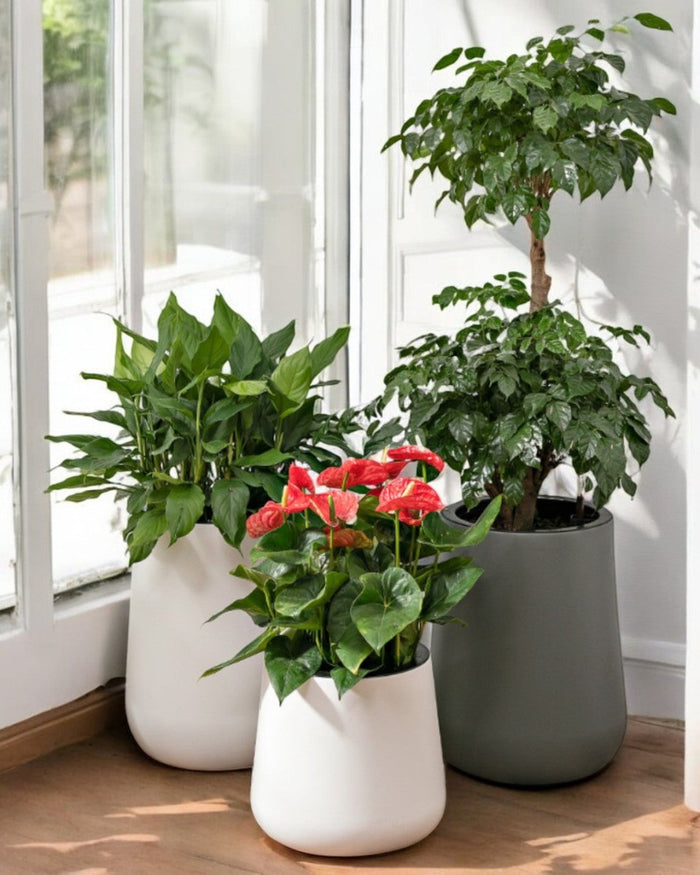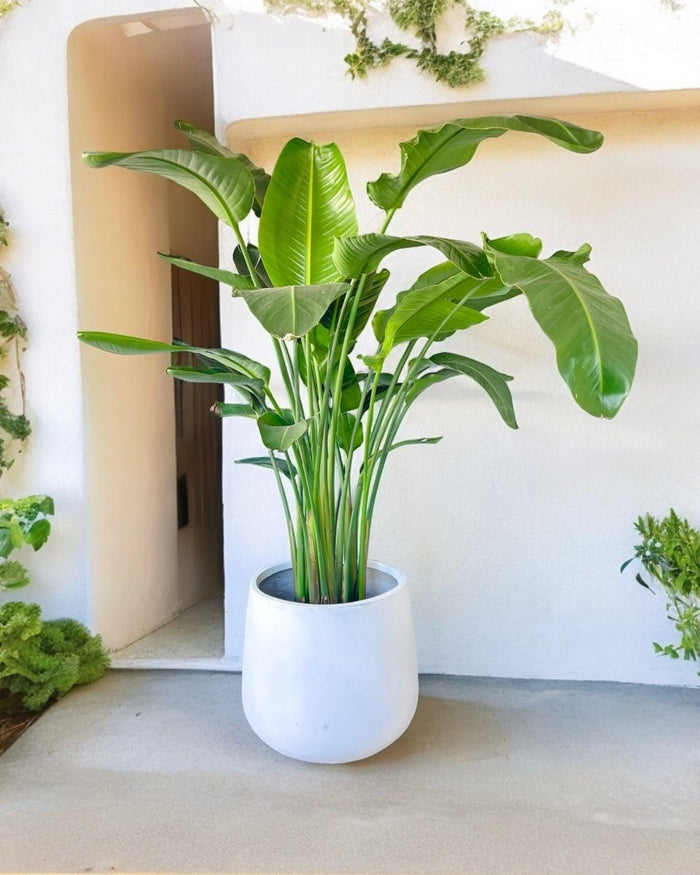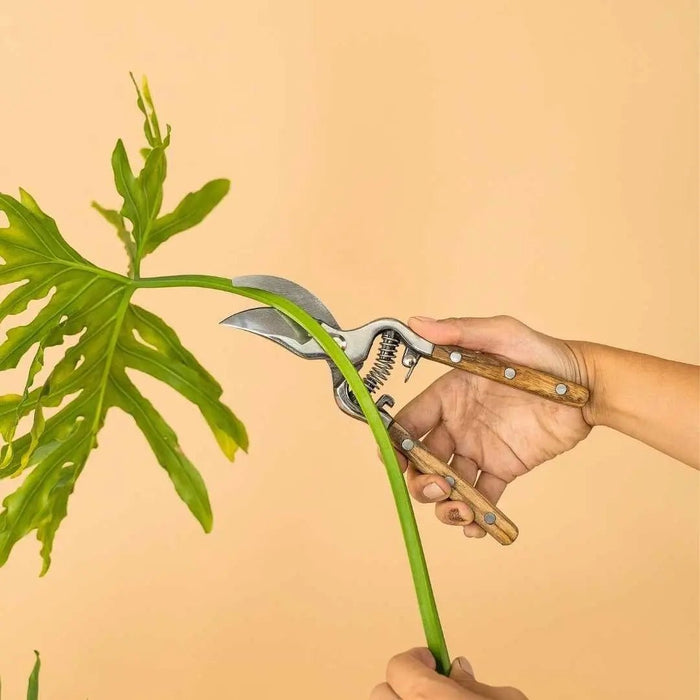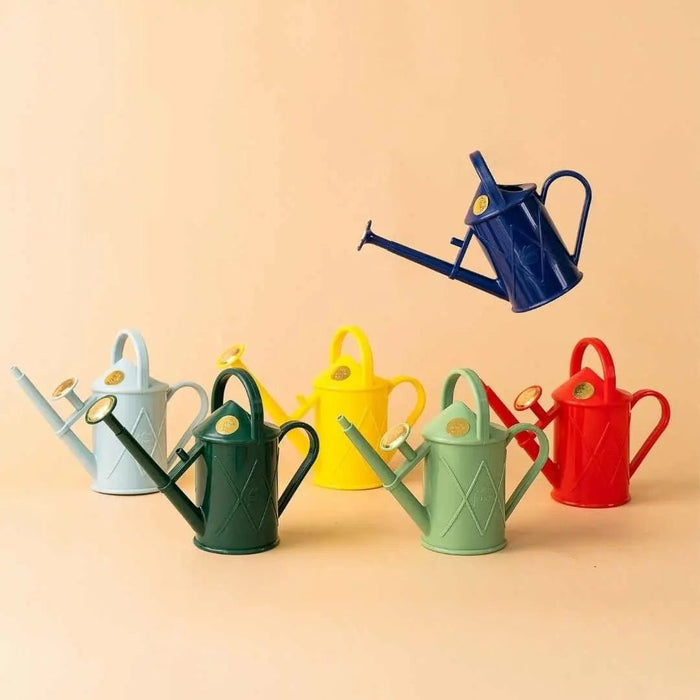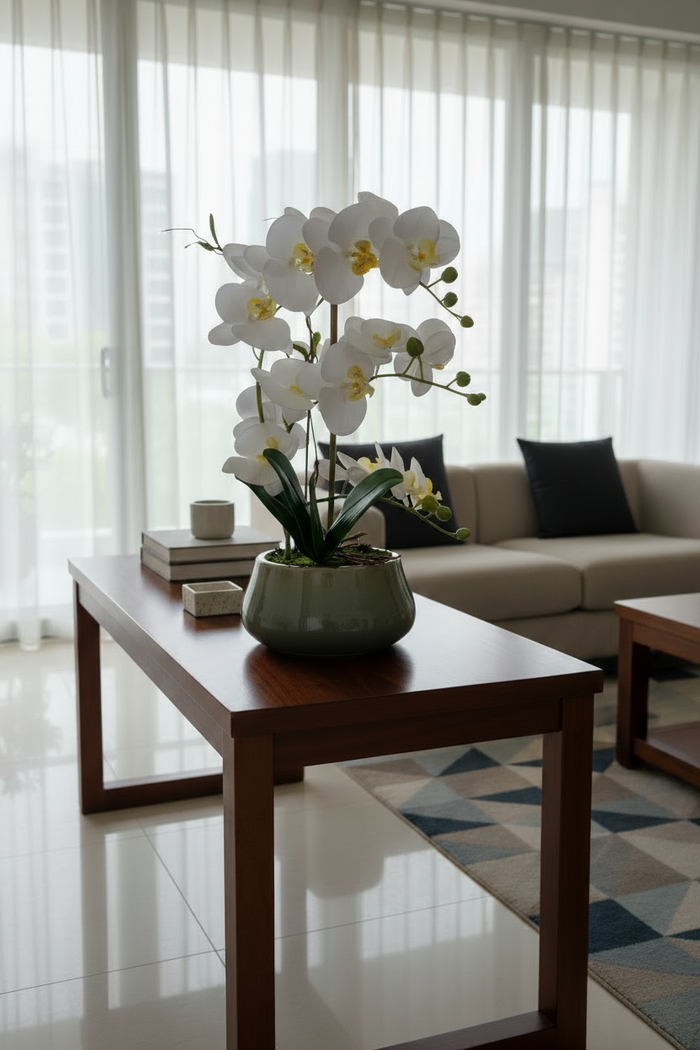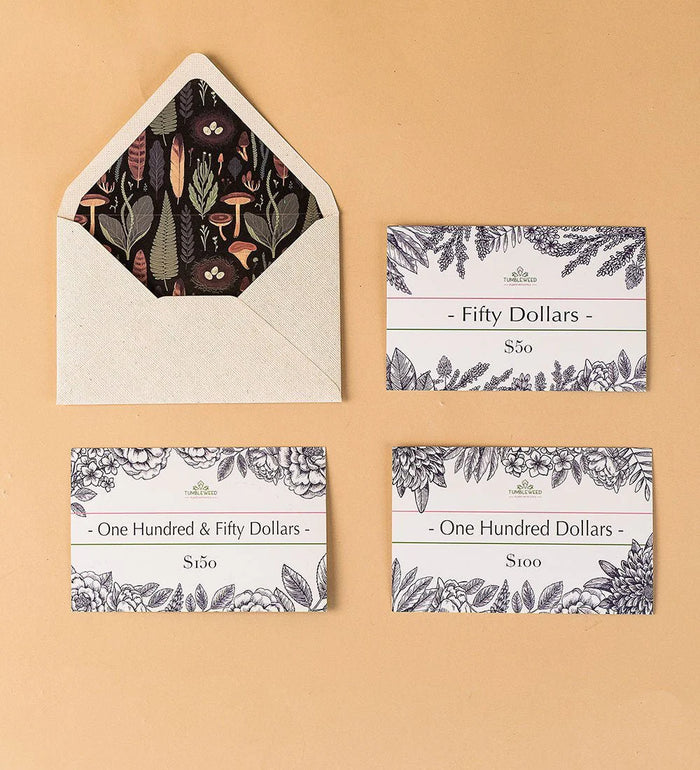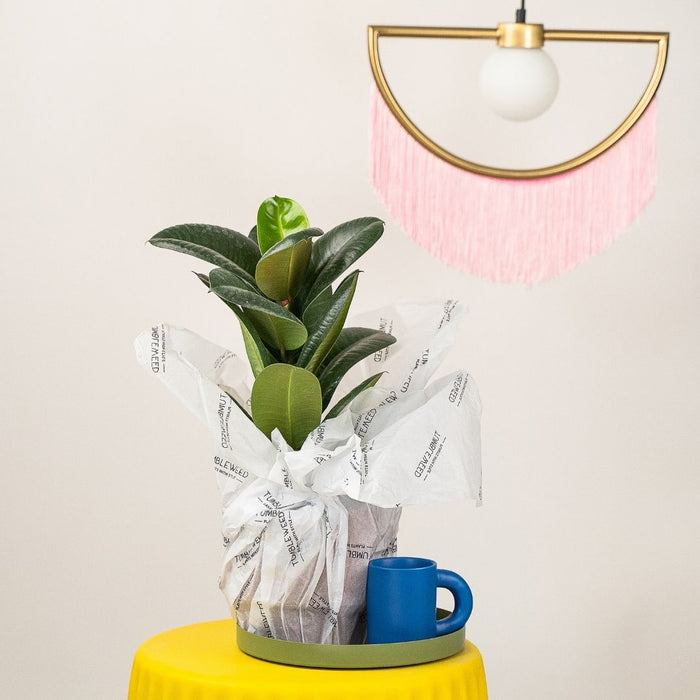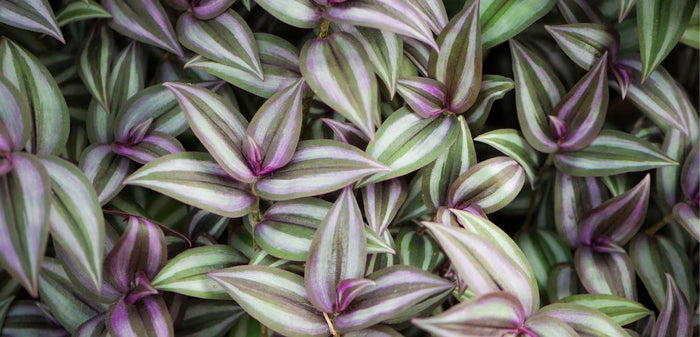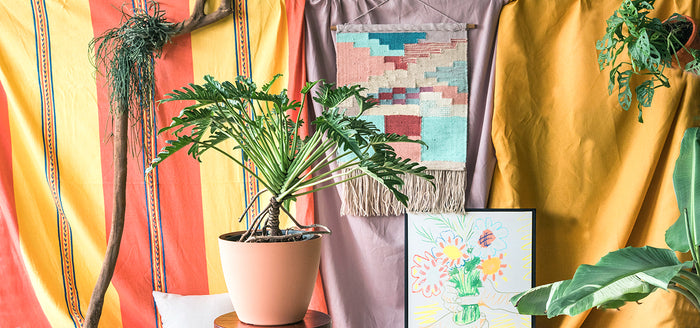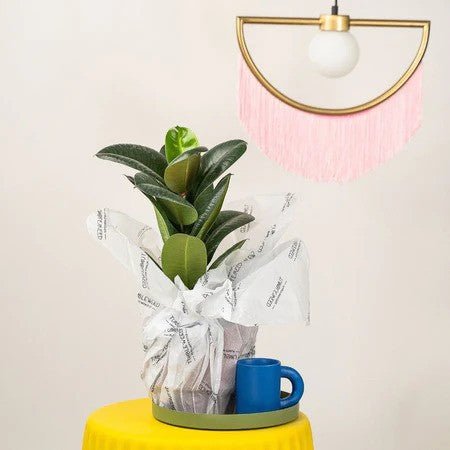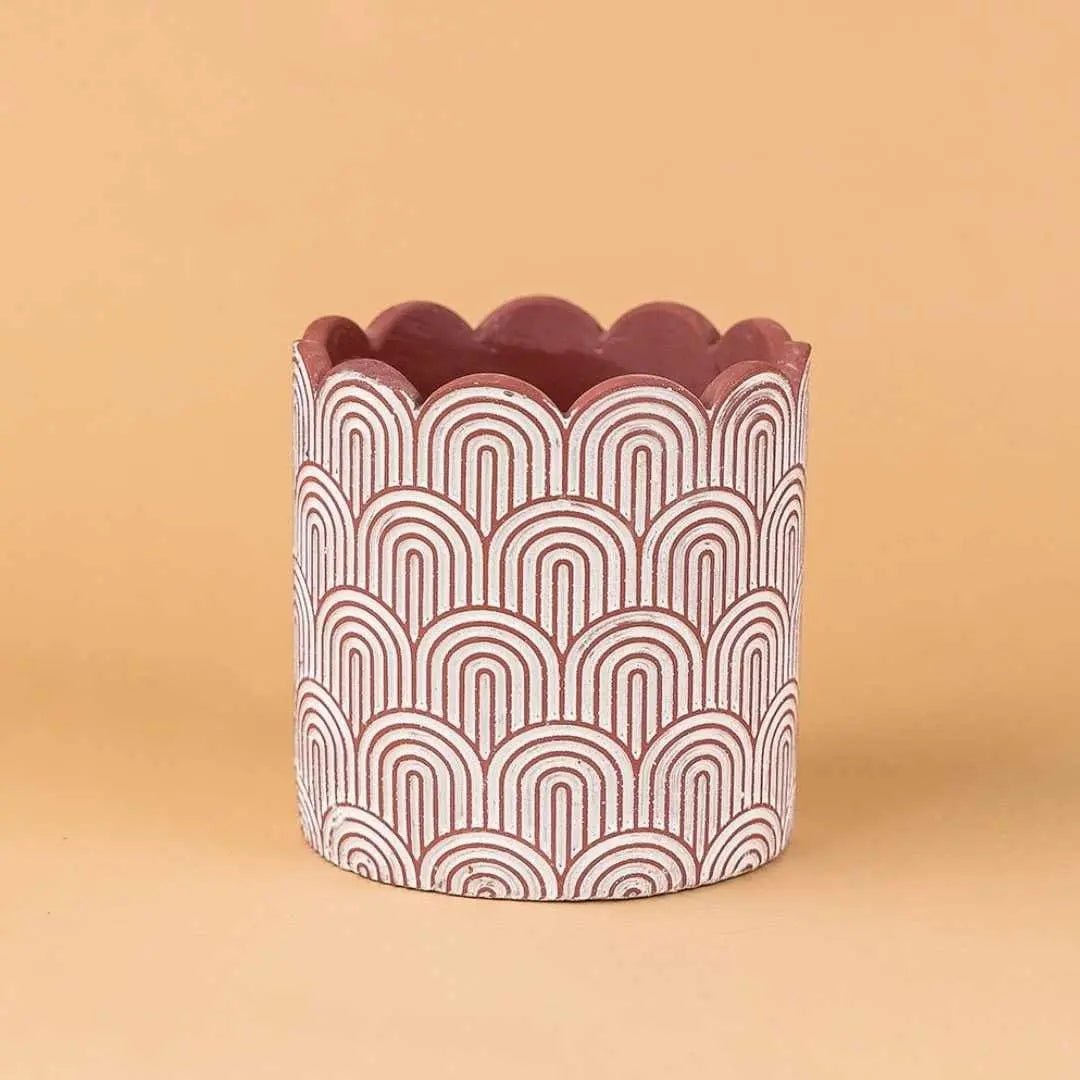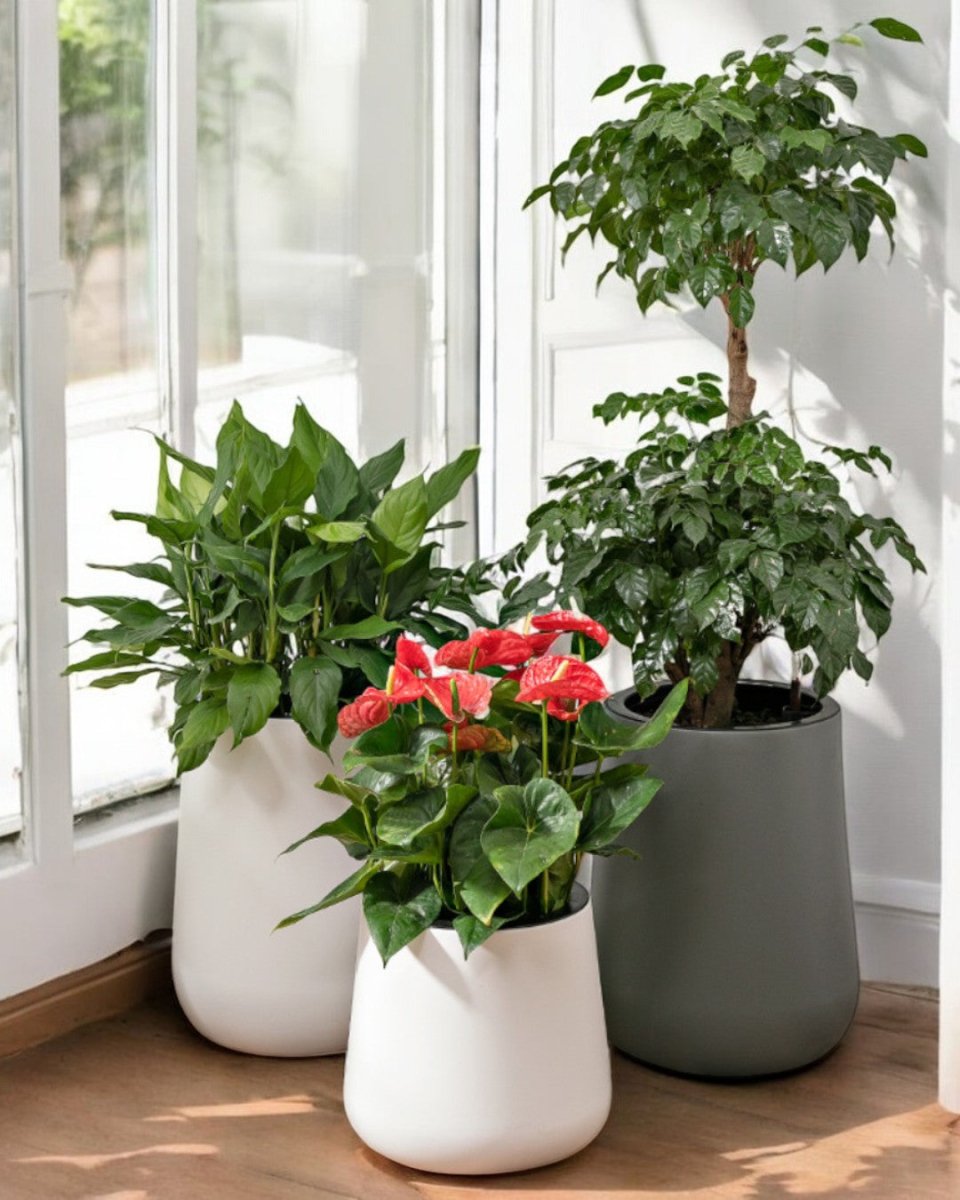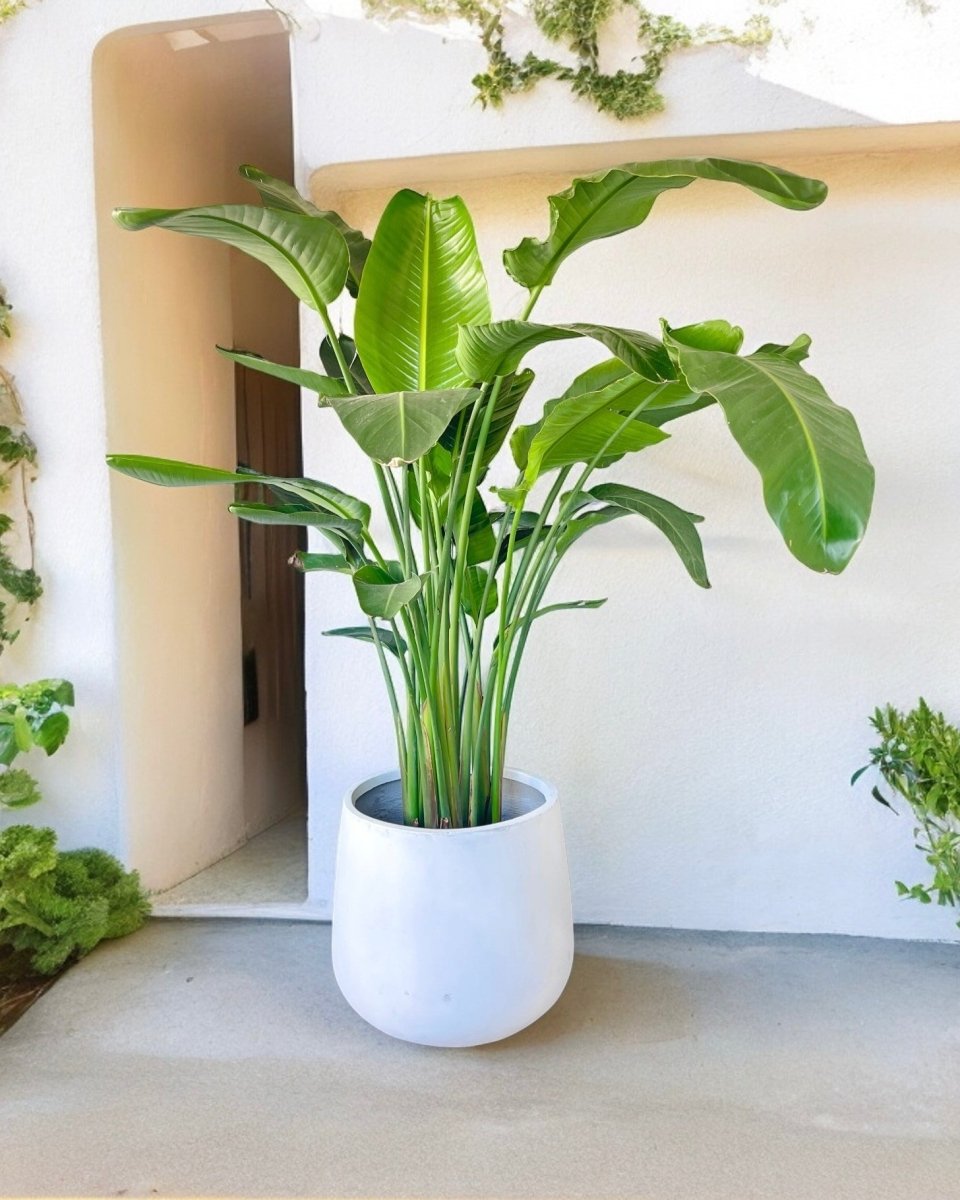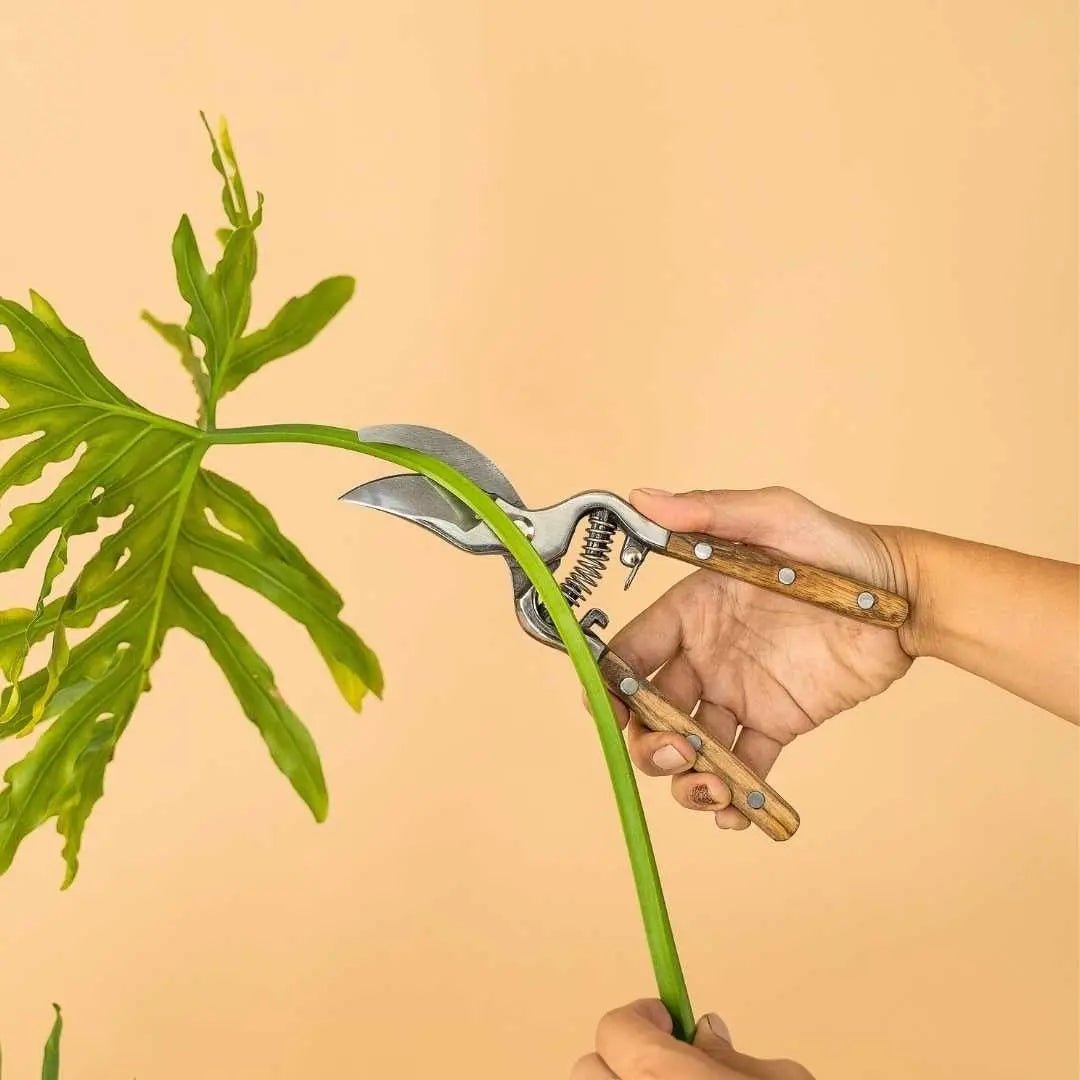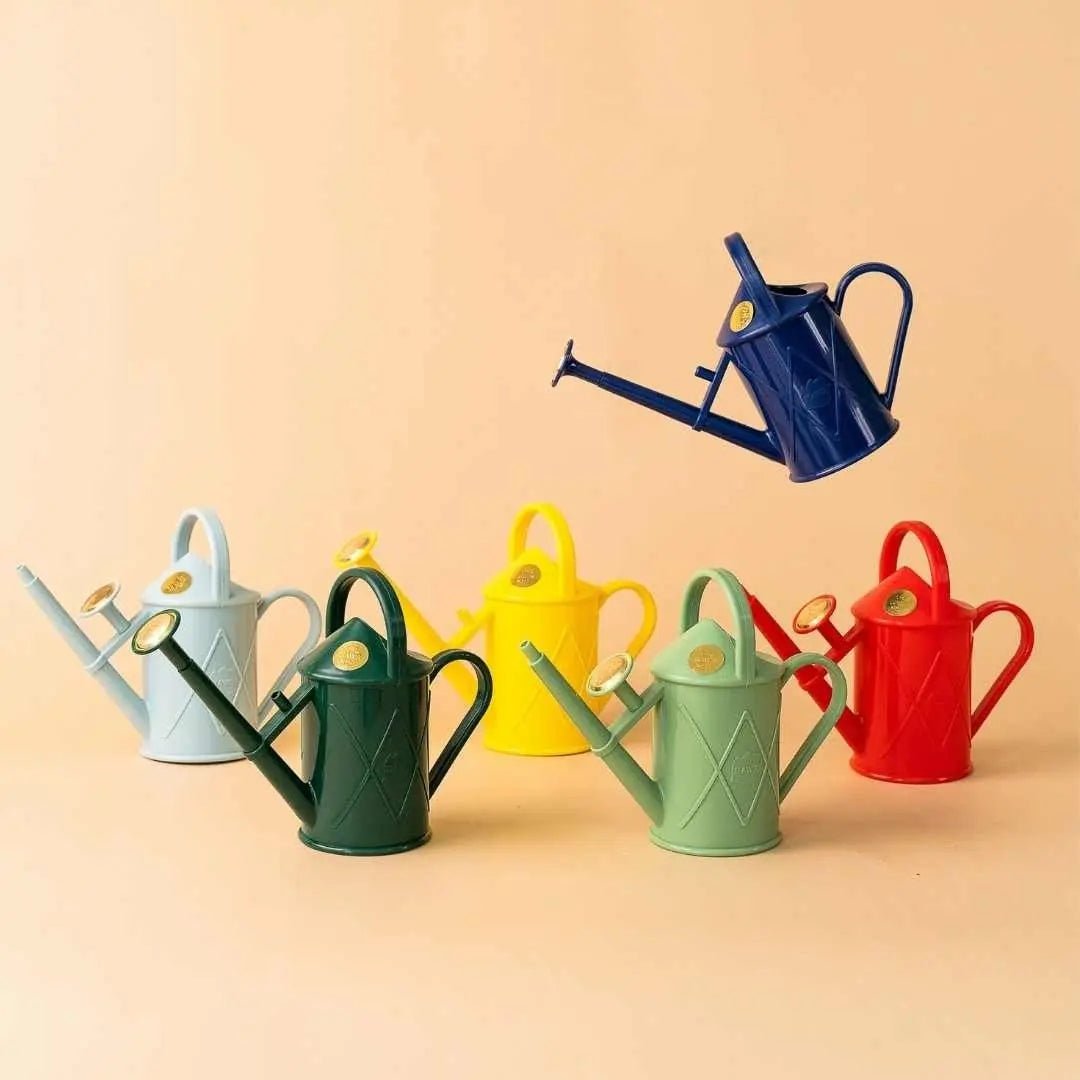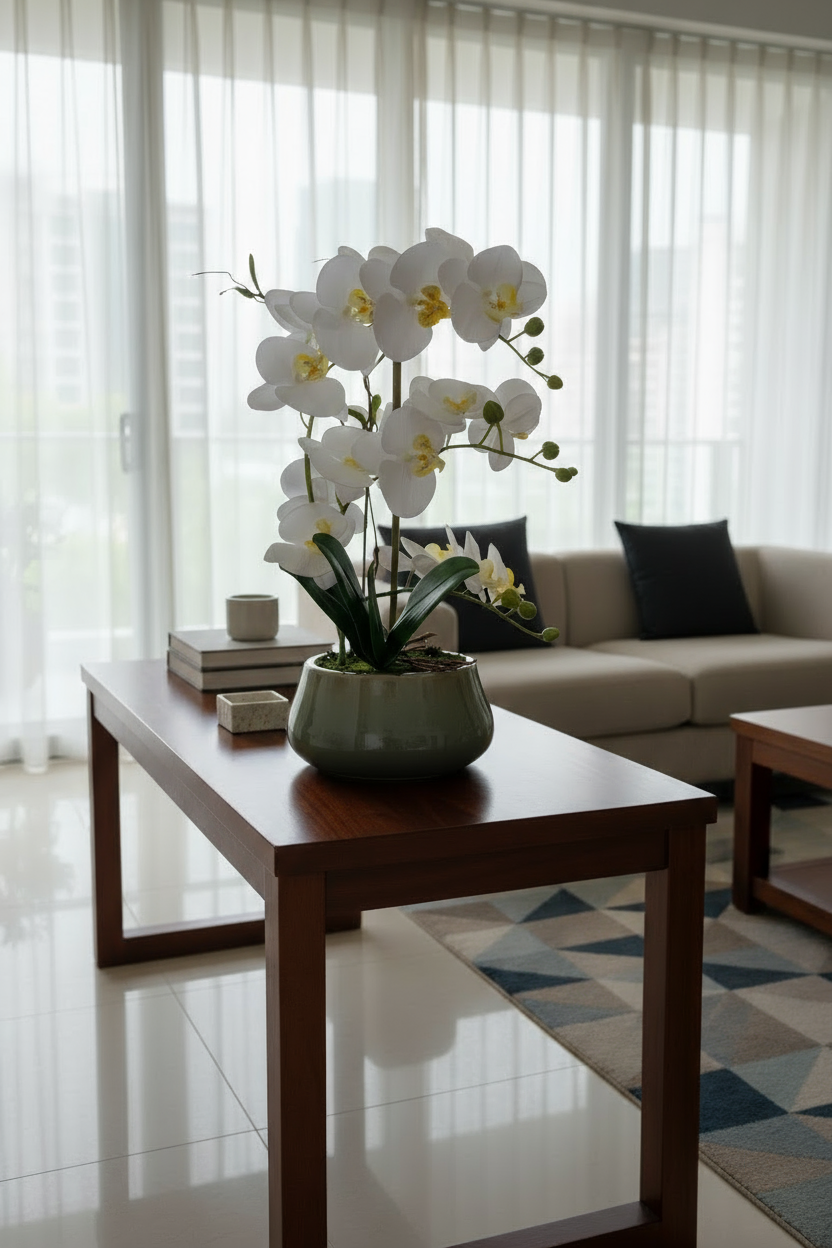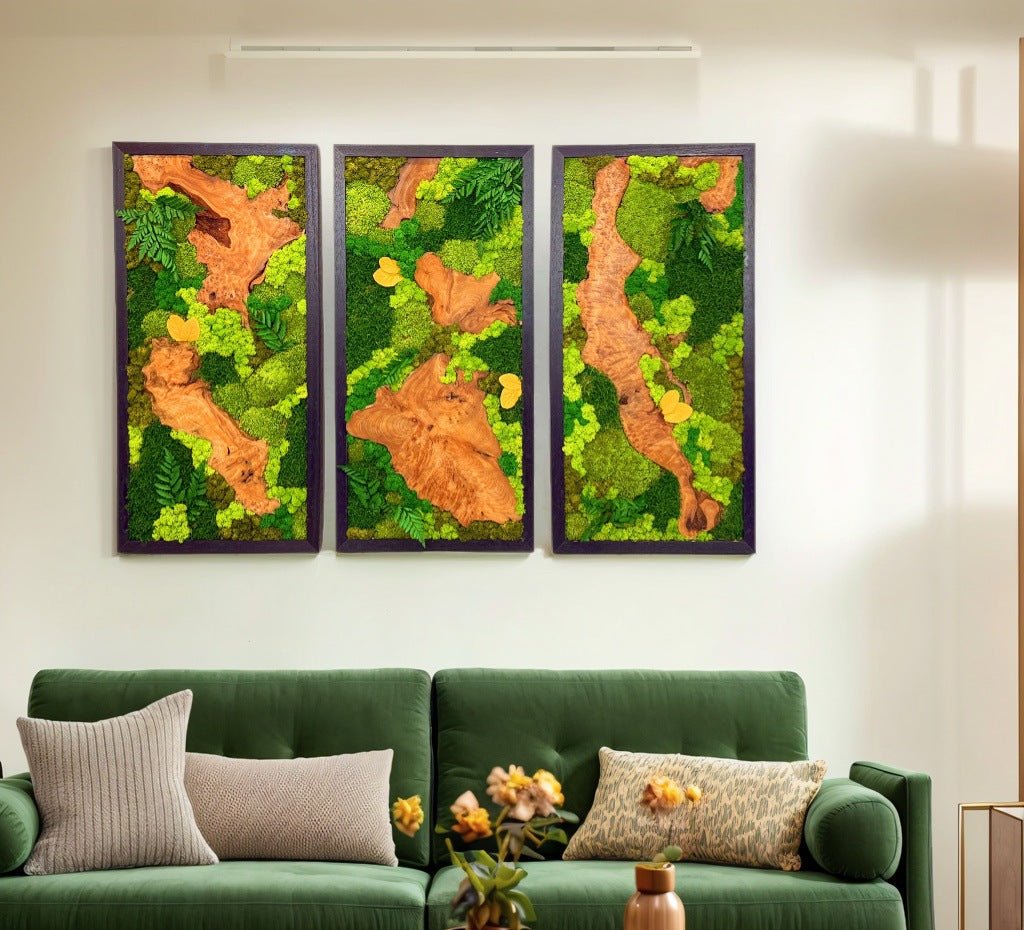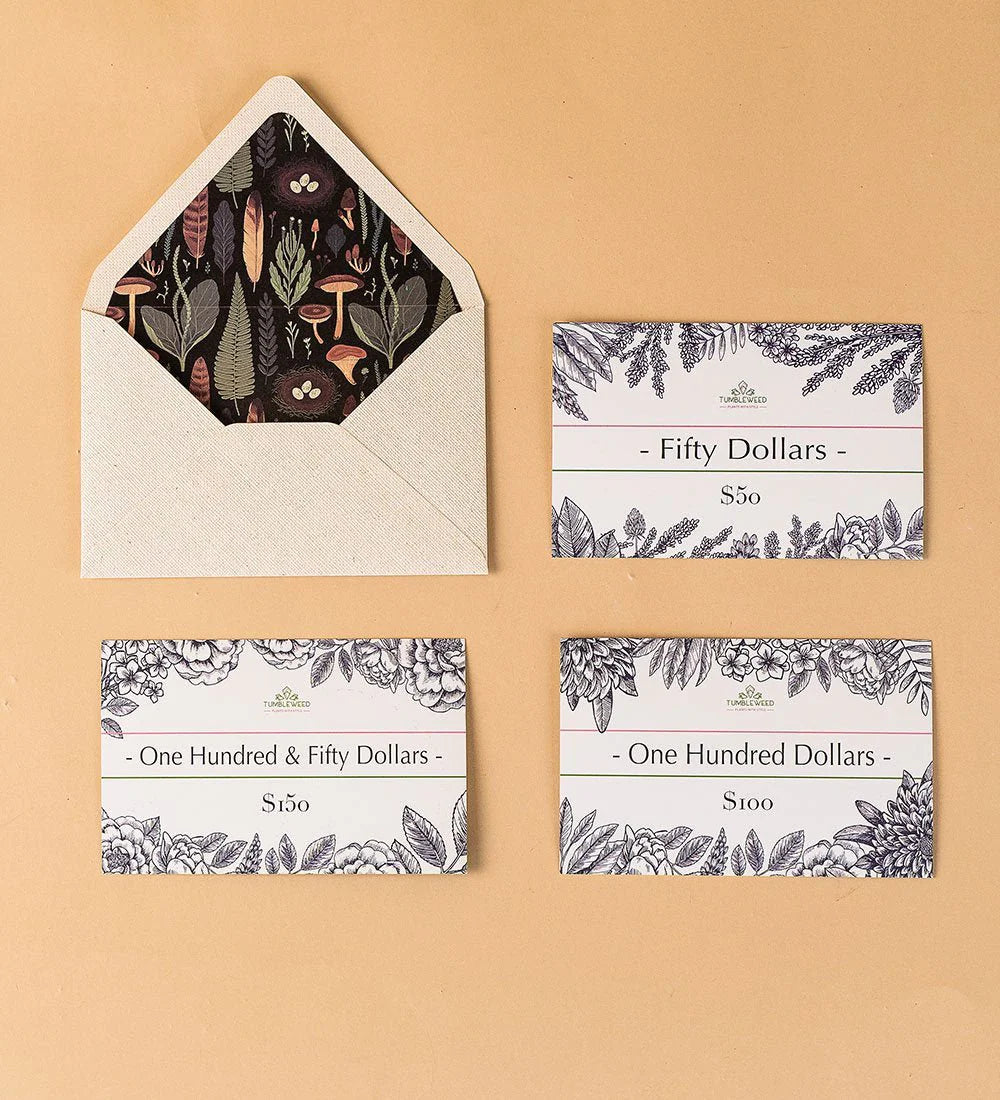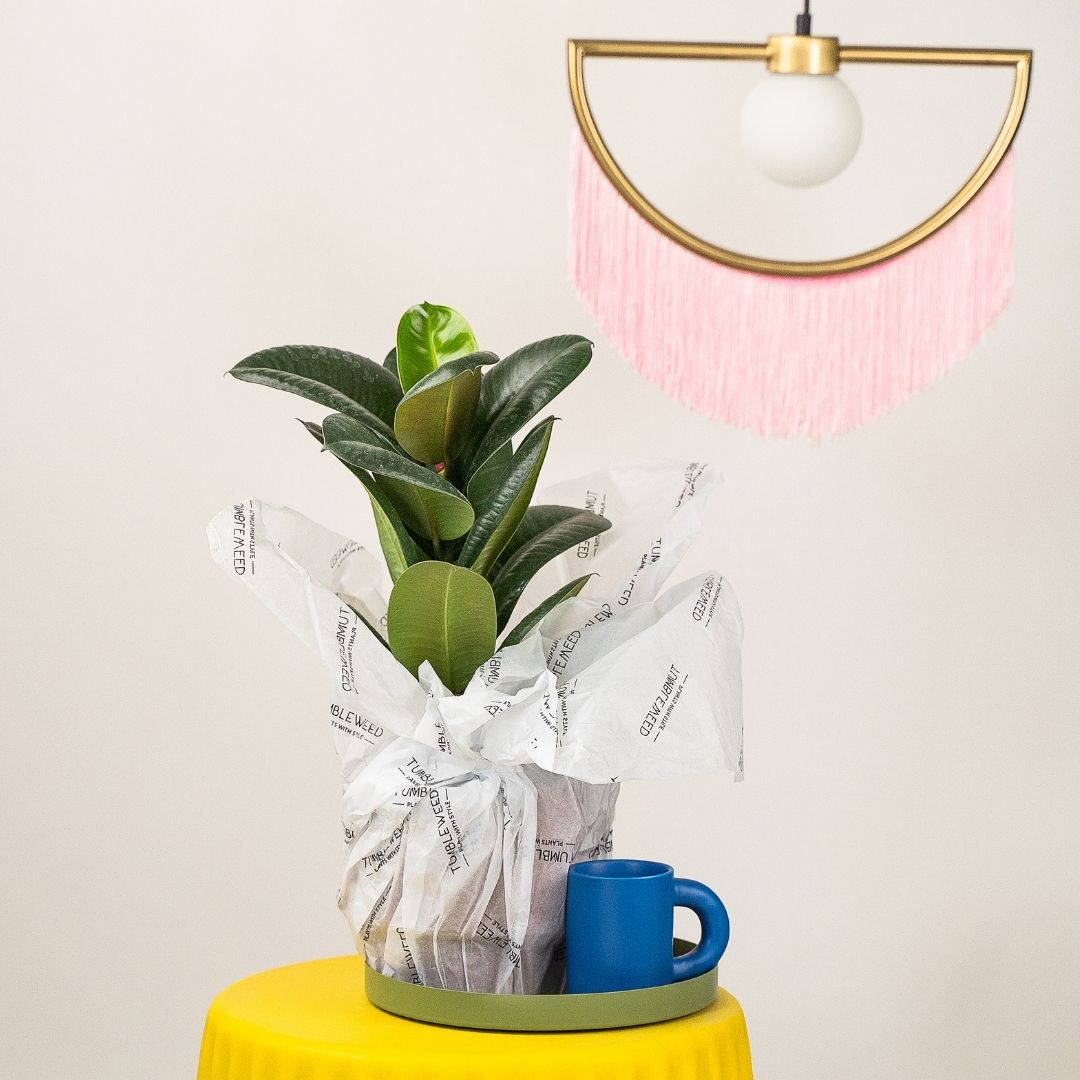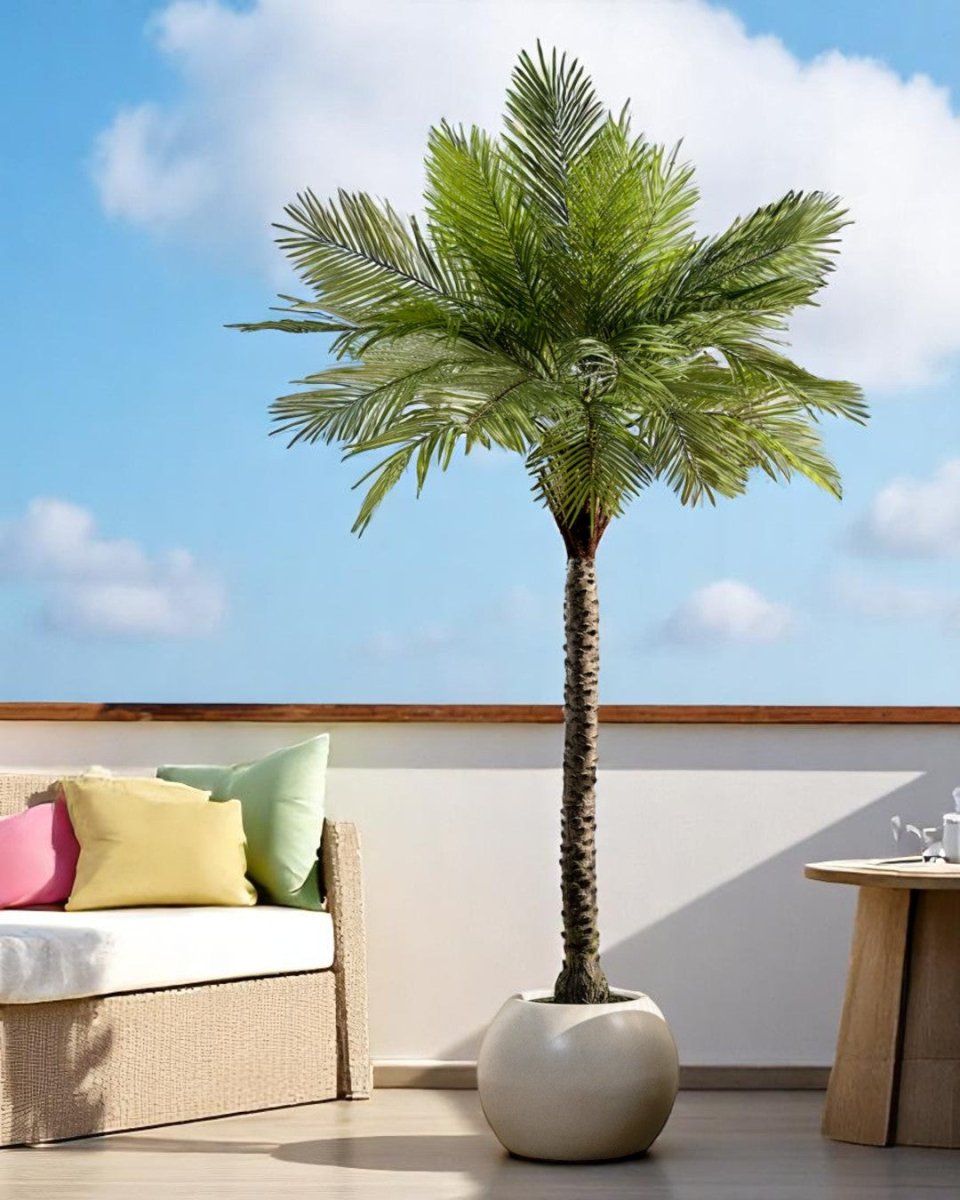Popular mostly for their variety of flowers, Hoyas are really good indoor plants to add some freshness in a room without taking too much space.
Search plants, planters, garden accessories and more.
-
Sale
-
Plants
-
Pots
-
Care
-
Decor
-
Gifts
-
Services
-
Business
Free Delivery Above $99 | Shop Now
What's New
-
 Year End Sale: Up to 50% off→
Year End Sale: Up to 50% off→ -
 🎁 Corporate Gifts! 🎁→
🎁 Corporate Gifts! 🎁→ -
 Transform your space with our Plant Styling Services!→
Transform your space with our Plant Styling Services!→ -
 Low Light Corner?→
Low Light Corner?→ -
 Login to Earn & Redeem Points!→
Login to Earn & Redeem Points!→ -
 🎉 Making buying plants easy! 🎉→
🎉 Making buying plants easy! 🎉→
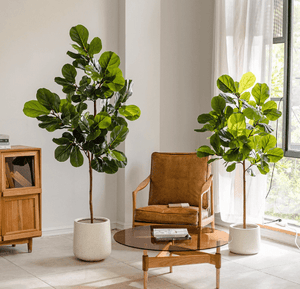
Year End Sale: Up to 50% off
Upgrade your decor now! Automatic tiered discounts mean bigger savings on plants, planters & more. Watch your progress bar fill up as you shop! Sale ends soon. 🌱
Also don't miss out on our free XL Everfresh giveaway, auto enrolled when you make a purchase with us.
Shop Plants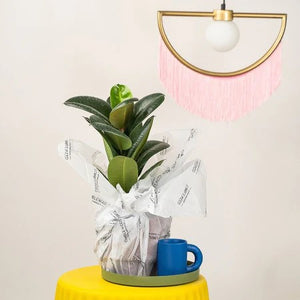
🎁 Corporate Gifts! 🎁
Planning corporate gifts for the festive season? Make a lasting impression with our premium plant gifts! Perfect for clients, partners, or employees, our curated selection of plants is both meaningful and elegant. Choose from a variety of options that fit any budget. Order now and ensure your corporate gifts are delivered in time for the celebrations.
Bulk Gifting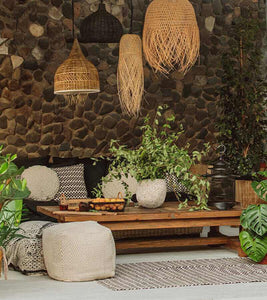
Transform your space with our Plant Styling Services!
Looking to refresh your space for the year-end festivities? Elevate your home decor with our Plant Styling service! Whether it’s a cozy corner or a grand living room, our expert tips will help you transform your space into a green oasis. Perfect for setting the holiday mood! Get inspired and start styling your space with our premium plant collections.
Start your Project
Low Light Corner?
No worries! Our Plant Lights are here to help your plants grow! Specially designed and made for houseplants.
Shop Lights
Login to Earn & Redeem Points!
Login and automatically enrol into our Rewards program, earning you points, and get exclusive deals and discount
Login Now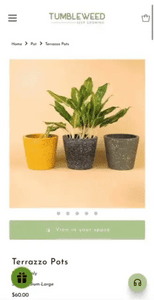
🎉 Making buying plants easy! 🎉
We have made buying plants even easier, with our customer service team, equipped to provide you with a plant recommendations. Hit us up on our chat channels to get started!
Shop NowUp to 50% off with our Year End Sale!
Free delivery above 99SGD
🎁 Free Gift Above $120
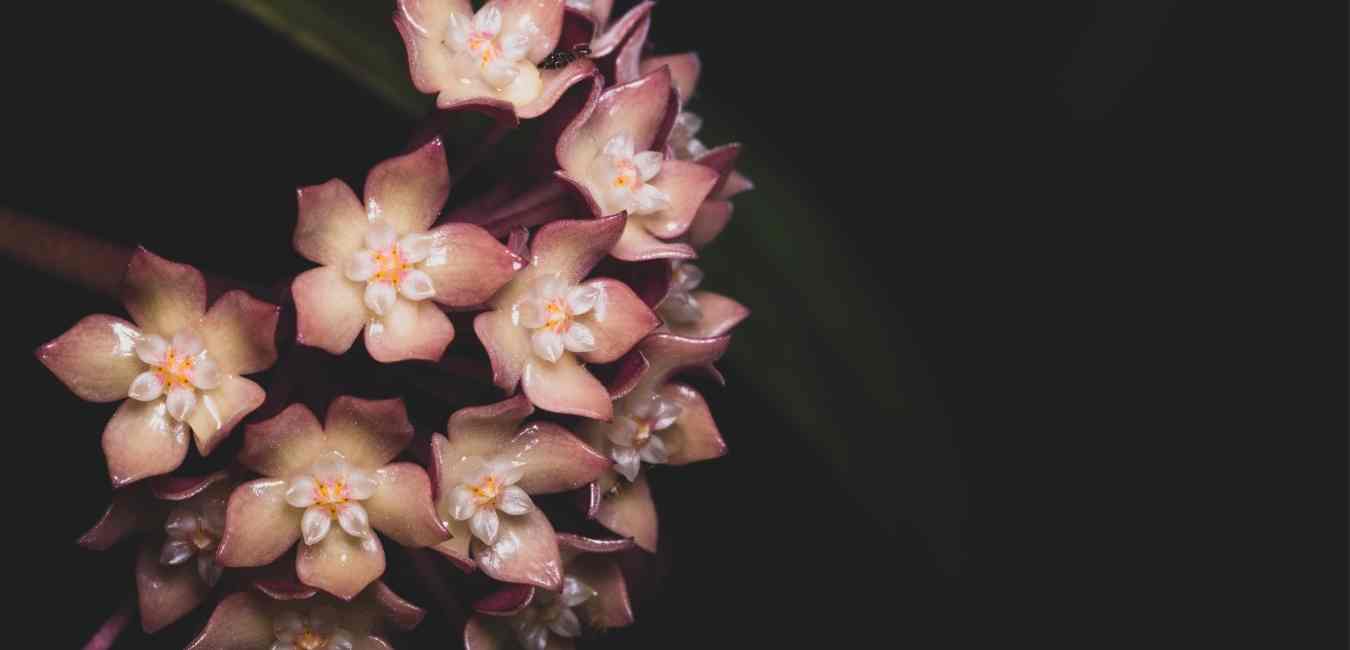
Hoya: Information and Plant Care Guide
Varieties from our listing
Interested to buy a plant from this group?
See what we have available HERE
Below is a general care guide for Hoya plants which can slightly differ depending on variety.
Light & Temperature
Hoyas can thrive in almost all levels of indirect light. They prefer bright indirect light and will be more likely to bloom in such lighting conditions. Those that don’t get ample light may begin to stretch their leaves outward.
Hoyas generally prefer warmer environments, and cannot tolerate low temperatures. Be sure to protect them against cold drafts.
Watering, Humidity & Misting
Hoyas generally do not need much water as it is drought tolerant in its native environment. The general rule of thumb is to allow their soil to completely dry out between waterings, watering about once in two weeks is a good gauge.
It is important to note that the amount of water your hoya needs should be directly proportional to the amount of light it gets.
Soil and Repotting
Use a cactus mix that has efficient drainage.
Repotting requirements depend on the growth of your hoya. However, hoyas do not mind being a little root bound so typically they only require to be repotted every 2-3 years, sometimes just to refresh its potting medium.
Propagation
The best way to propagate a hoya is through stem cuttings. Cut a stem of about 10cm long, with 2-6 leaves, and place it in water for it to root. Once it is root, directly pot it with some cacti mix.
Fertiliser
Hoyas do not require a special fertiliser to grow. You can simply use a balanced fertiliser. Follow directions on the label of plant food.
Toxicity
Hoyas are non-toxic and therefore safe around kids and/or pets.
Possible Issues
Under the right care and conditions, your plant will grow happy and healthy. But here are some issues you may encounter while caring for a Hoya:
Spider mites, aphids, mealybugs and ants - The sweet smelling flowers of hoyas tend to attract these pests. When spotted, try to spray it off with a hard jet of water. If the pests persist, try using a neem oil.
Leaves burning/turning red - This is a sign of too much sunlight, move your hoya to an area with less light.
Shriveled leaves - This can be caused by too little water. Even if they are drought tolerant, succulents still need ample watering for healthy growth.
Limp leaves - A sign of over or under watering. Check the soil and roots to identify the problem. Propagate if there is root rot.
- Regular Price
- $28.00
- Sale Price
- $28.00
- Regular Price
- $38.00
- Unit Price
- /per
- Regular Price
- $28.00
- Sale Price
- $28.00
- Regular Price
- $38.00
- Unit Price
- /per
- Regular Price
- $13.00
- Sale Price
- $13.00
- Regular Price
- Unit Price
- /per
- Regular Price
- $18.00
- Sale Price
- $18.00
- Regular Price
- $28.00
- Unit Price
- /per
TumbleweedPlants.com
Live Chat 💬
Whatsapp:+65 80561106
getintouch@tumbleweedplants.com
514 Chai Chee Lane (Office & Warehouse)
-Strictly not open to walk-in
Company
Helpful Links
Join Our Community
Join 40,000+ plant lovers and get care tips & inspiration.
About
TumbleweedPlants.com is an independent plants retail brand, established in Singapore in 2016. We make stylish indoor plants easy and accessible to all with great looking houseplant varieties, the biggest selection of planters and indoor plant care essentials delivered to your door.
Shop with confidence from the Best Plant Home Decor Online Store Today!

